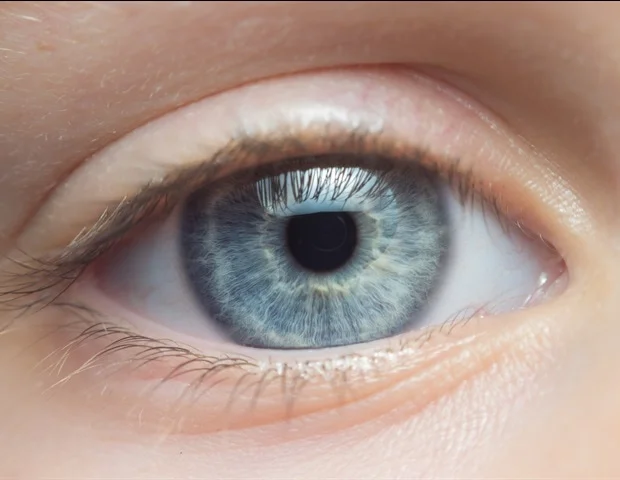At night Lisa Ostrin’s lab at the University of Houston College of Optometry often looks like the setting of a disco slumber party, a place where a child, aged 7 to 14, accompanied by a guardian, sleeps over and is periodically exposed to blue or red lights.
“At night we become a five-star hotel,” said assistant professor Ostrin, good humoredly explaining part of her $1.8 million research grant, sponsored by the National Eye Institute. The goal is to find why an ever-increasing number of youngsters need glasses and, specifically, if exposure to specific types of light might prevent myopia, or nearsightedness.
In children, the prevalence of myopia is increasing faster than genetics can account for, so that means it’s something environmental or behavioral that children are doing.”
Lisa Ostrin, University of Houston College of Optometry
While light from computers, video games and cell phones (“near work”) continues to be studied for its impact on myopia, a new clue has emerged: Outdoor light, or ambient illumination.
“The strongest evidence is that children who spend more time outdoors have less nearsightedness, so now we are trying to find out why that is happening,” said Ostrin. Evidence shows that light might affect the choroid, a network of blood vessels behind the retina, and that the choroid is altered in myopic eye growth. Some studies suggest that a specific part of the spectrum, such as red light, thickens the choroid and might ultimately prevent myopia. However, this has not yet been tested in children.
Ostrin is examining the choroid in children to understand how circadian rhythm, light exposure, and defocus from lenses that blur images impact choroidal thickness. Prior research only scratched the surface for information, in the form of questionnaires for parents on their children’s daily habits. Now Ostrin supplies wearable technology for a precise recording, to the minute, of how much light exposure a child is getting.
The scope of the problem
By 2050 almost 50% of the world will be myopic, or unable to see far, according to the National Eye Institute. The World Health Organization has called the rapid increase “alarming.” Myopia typically appears when children are in their early school years and can be associated with long-term eye health problems, even blinding complications. Thus the effort to slow down the progression in children.
Ostrin expects her findings to be significant, aiding in the development of new myopia treatment options.
“We are filling a critical void in our understanding of the role of visual input on choroidal modulation in children, and shedding light on mechanisms underlying optical treatment strategies for myopia control,” said Ostrin, “The research will contribute to the development of targeted treatment options to prevent myopia and slow progression.”
In the meantime, the kids are having fun at their color-filled sleepover.
